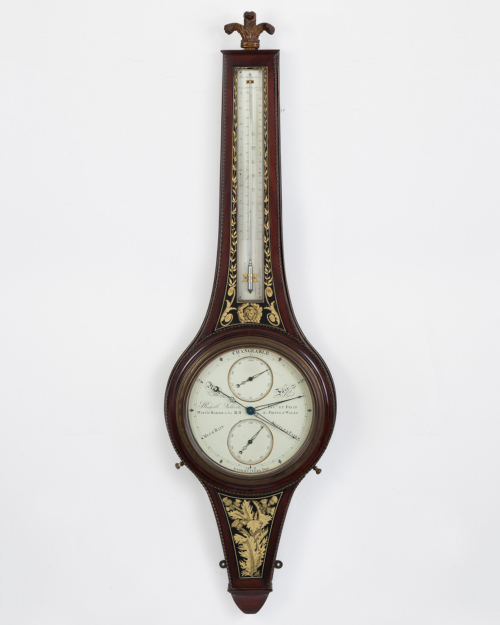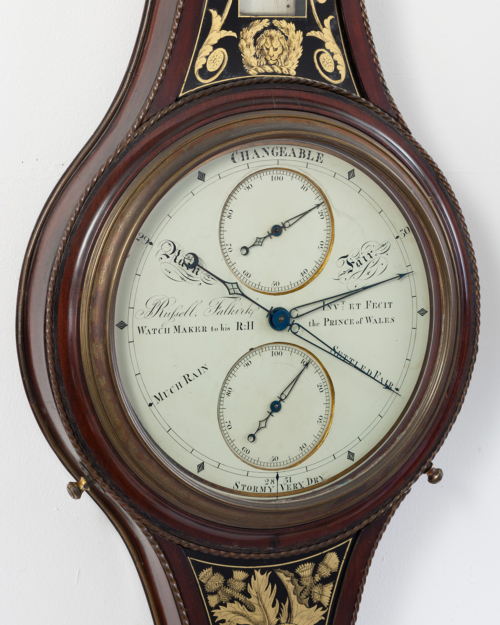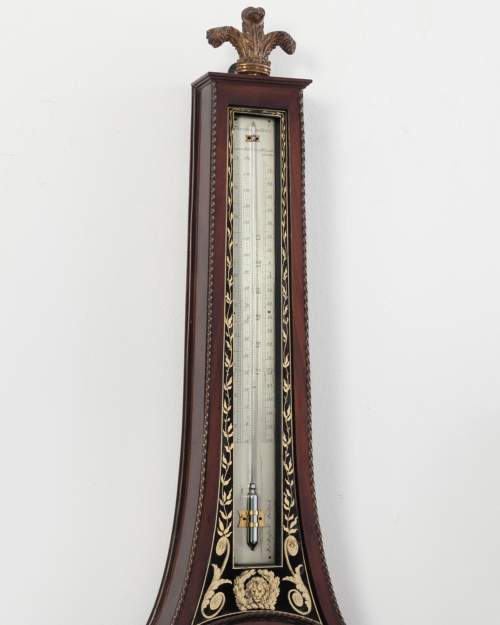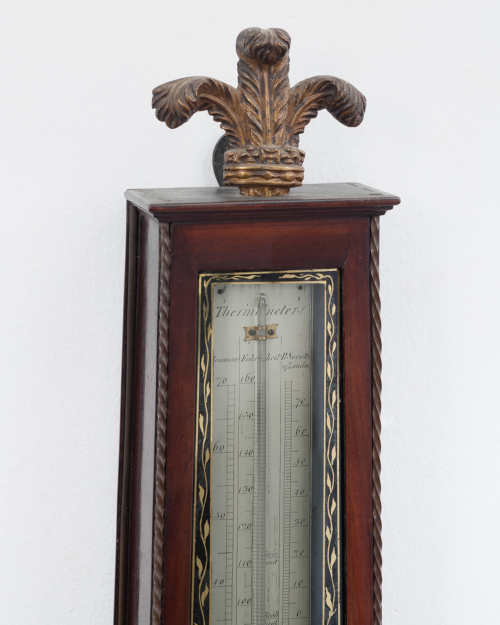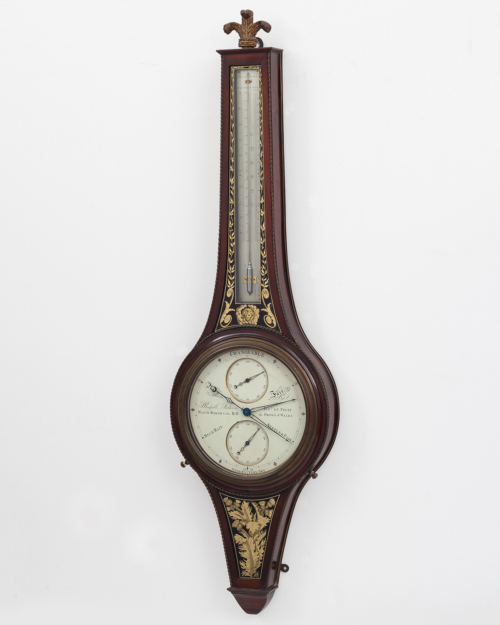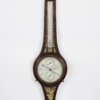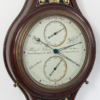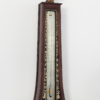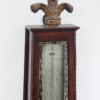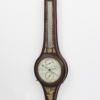| Height | 47¼ inches |
| Case | The ‘royal’ pattern mahogany veneered case with a gilt ‘Prince of Wales feather’ finial and rope-twist border mounts. The top section with a black and gilt verre églomisé glass panel depicting trailing leaves, scrolls and a lion’s head over the silvered mercury thermometer register with three scales for Reaumer, Fahrenheit and Royal Society, signed vertically at the bottom Jno. Russell Falkirk. The large circular painted white dial, framed by a concave gilded bezel, with two subsidiary indexes and signed across the centre J. Russell, Falkirk INV.T ET FECIT, WATCHMAKER to his R:H the PRINCE OF WALES, with pierced blued steel hands and a further verre églomisé panel below. Russell was originally appointed Watchmaker to the Prince of Wales (later George IV), the title changing to Watchmaker to his Royal Highness the Prince Regent on the establishment of the Regency in 1811, this Prince of Wales barometer can therefore be dated to before the title changed. |
| Comparative Literature | Goodison, English Barometers and Their Makers 1680-1860, Woodbridge, 1977, pp. 233-235, Plates 160-162. Jagger, Royal Clocks, The British Monarchy and its Timekeepers, London, 1983, p. 217, plate 285. Goodison and R. Kern, Hotspur, Eighty Years of Antique Dealing, London, 2004, no. 10, pp. 255, 256. |
- You cannot add "Watkins & Smith, London Circa 1765" to the cart because the product is out of stock.
John Russell, Falkirk circa 1805
A very fine George III, mahogany framed, brass-mounted and verre églomisé paneled, mercury, ‘royal’ pattern wheel barometer with triple scaled thermometer.
Now Sold
John Russell (circa 1745-1817)
John Russell was born at Dennyloanhead in 1745, originally apprenticed as a turner, by 1765 he had settled in Falkirk and established himself as a watch and clockmaker, it is not known from who he learnt his trade but he was soon considered by his peers as someone with a “remarkable aptitude for mechanics and an inventive turn of mind’. As his reputation grew, he came to the notice of the Prince Regent who, so impressed with Russell’s work, appointed him his Watchmaker for Scotland. Russell made at least three barometers of this pattern for the royal family; hence its description, and two are still in the royal collection at Buckingham Palace. In 1817, he completed a commission to make a ‘royal’ barometer for His Imperial Majesty, Alexander I of Russia and it was presented to the Tsar by Sir James Wylie. Within a few weeks John Russell had died, and his obituary read “Died in Falkirk, on September 25th 1817, Mr. John Russell, watchmaker to His Royal Highness, the Prince Regent. From a different line of trade to which he was originally bred, by his ingenuity and industry he raised himself to an eminent and prominent situation in his profession.”
Out of stock
Product Description
John Russell (circa 1745-1817)
John Russell was born at Dennyloanhead in 1745, originally apprenticed as a turner, by 1765 he had settled in Falkirk and established himself as a watch and clockmaker, it is not known from who he learnt his trade but he was soon considered by his peers as someone with a “remarkable aptitude for mechanics and an inventive turn of mind’. As his reputation grew, he came to the notice of the Prince Regent who, so impressed with Russell’s work, appointed him his Watchmaker for Scotland. Russell made at least three barometers of this pattern for the royal family; hence its description, and two are still in the royal collection at Buckingham Palace. In 1817, he completed a commission to make a ‘royal’ barometer for His Imperial Majesty, Alexander I of Russia and it was presented to the Tsar by Sir James Wylie. Within a few weeks John Russell had died, and his obituary read “Died in Falkirk, on September 25th 1817, Mr. John Russell, watchmaker to His Royal Highness, the Prince Regent. From a different line of trade to which he was originally bred, by his ingenuity and industry he raised himself to an eminent and prominent situation in his profession.”
Additional information
| Dimensions | 5827373 cm |
|---|
Related products
-
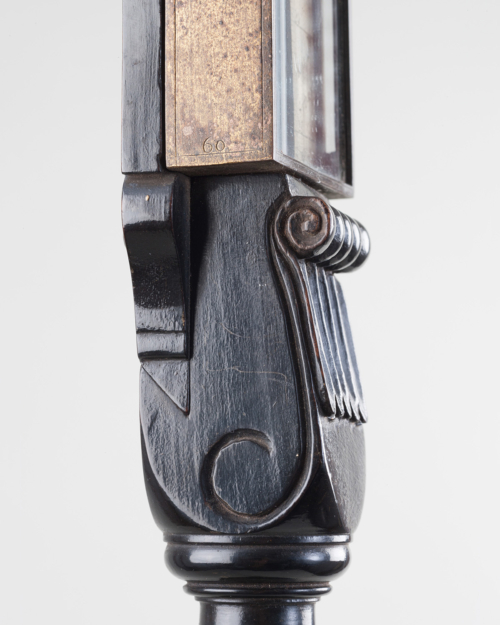
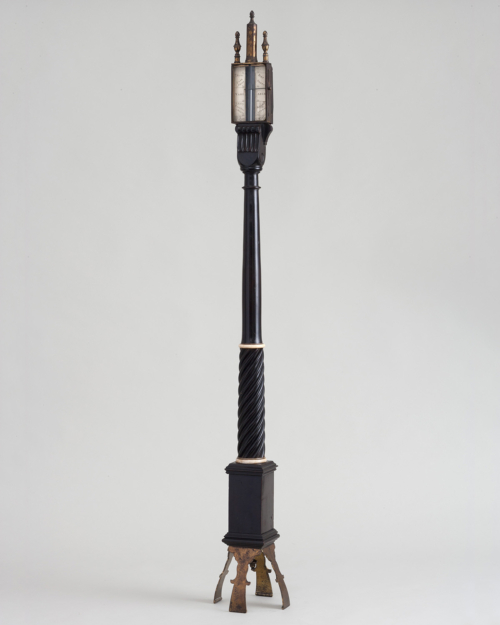
Daniel Quare, London No.60 Circa 1705
Sorry Sold -
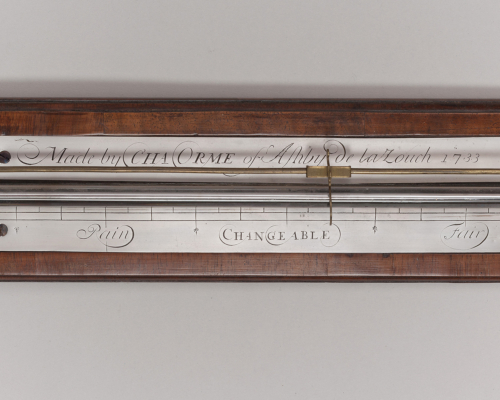
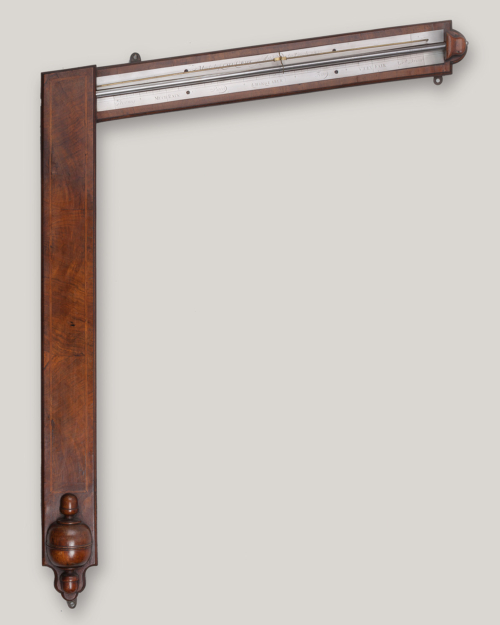
-
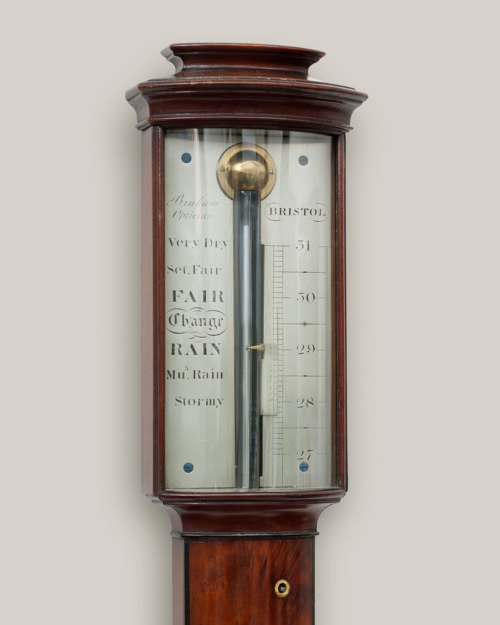
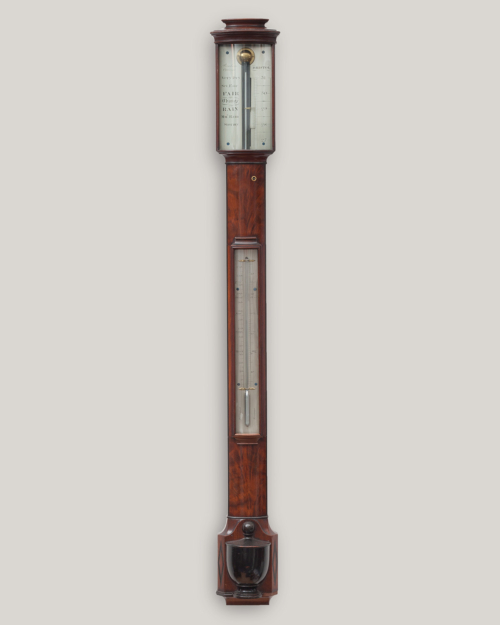
Braham, Bristol
Sold -
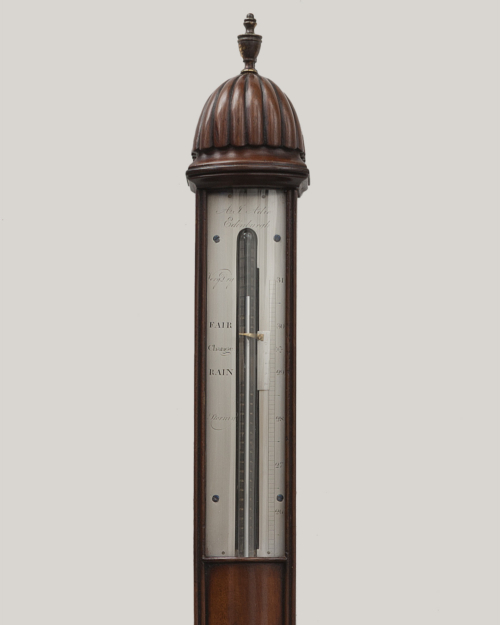
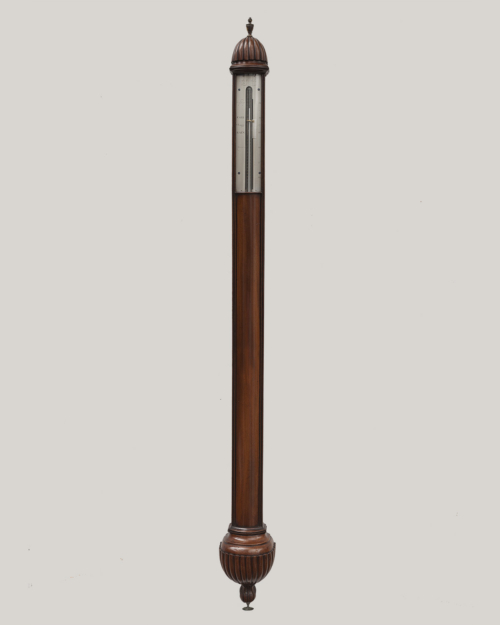
Alexander Adie, Edinburgh
Sorry Sold

